May 18, 2025 | 12:42 GMT +7
May 18, 2025 | 12:42 GMT +7
Hotline: 0913.378.918
May 18, 2025 | 12:42 GMT +7
Hotline: 0913.378.918
Upon reading the open letter of the Minister of Agriculture and Rural Development Le Minh Hoan, as well as listening to him in the meeting with research institutes under the Vietnam Academy of Agricultural Sciences system, researchers like us are honored for having felt the deep sympathy of an agricultural leader.
The general minds of researchers after the meeting were like opening their hearts and having extremely positive thoughts about the future of the agricultural and rural development research field. We have also realized that whether that future is bright or not depends not only on the policy mechanism of the state but also on the very important responsibility of each individual researcher.
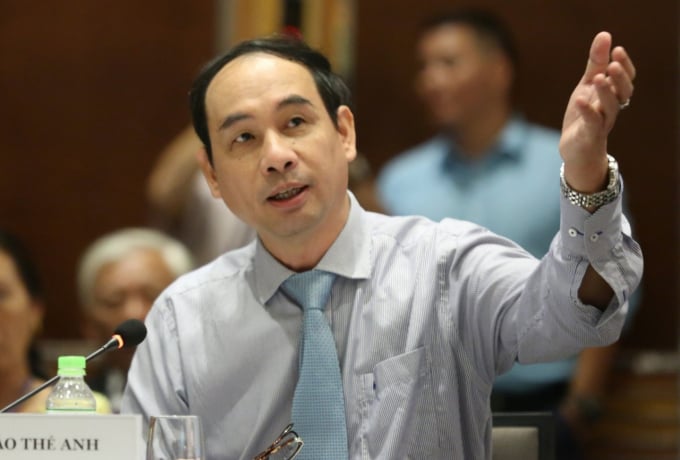
Assoc. Prof. Dr. Dao The Anh, Deputy Director of the Vietnam Academy of Agricultural Sciences (VAAS).
The contribution of science and technology to agricultural and rural development has been confirmed in the assurance of national food security, positive growth in agriculture and agricultural products’ export for a long time. Vietnam's agricultural research units have always accompanied the state in directing production, solving problems of epidemics, climate changes and markets. However, the state's investment in scientific research and technology transfer in our country is still low, not yet reaching the threshold, making it difficult to create breakthrough scientific and technological products.
If compared internationally, in 2010, the budget of the International Rice Research Institute (IRRI) is USD 57 million, then in 2018, the total funding for science, technology, agricultural extension and investment for the development of the MARD is only about VND 1,250 billion/year, equivalent to more than USD 54 million. According to the assessment of the World Food Policy Institute (IFPRI), Vietnam’s investment in agricultural research and development is only equivalent to 0.2% of agricultural GDP, while in Brazil it is 1.8% and China is 0.5%. To reach appropriate investment, Vietnam needs to reach 0.86% of agricultural GDP, which is more than 4 times the current investment level.
The investment level for infrastructure for basic research is low, but it is spread across many agencies and there is no investment to maintain operation, which wastes the efficiency from using laboratories. Some units have had the initiative to jointly use laboratories, but have faced financial cost barriers. With such underwhelmed investment, the quality of many technical progress’ research products has not yet met the requirements for production, and the diffusion rate is still low. Moreover, the requirements for production are increasingly diverse in terms of technology and management methods, but the research system lacks a mechanism to be capable of catching up, resulting in quite a large gap between the demand and supply of agricultural science and technology.
Information technology also plays an important role in building brands for research units thanks to its ability to connect and spread strongly in the community. In this way, the research results might be applied at a higher rate, creating a good research environment, inspiring young staff to research and limiting brain drain.
The limited number of research topics is not enough for all researchers to participate, especially for some well-trained staff at home country and abroad, who are passionate about research but are not allowed to participate, so they had to leave and work outside. It can be said that this is the biggest limitation because, after all, for officials who have chosen a research career, they must determine that it is not about getting rich but having their research results used and published. Agricultural science is a highly applied science, so the results getting produced, accepted and disseminated is the first source of research inspiration. Besides, the difference in salary compared to the market is also a problem, but if researchers can participate in the topic, there will also exist an extra income to make ends meet.
In that condition, a number of research units such as the Center for Agrarian Systems Research and Development have had extensive (economic, market) and dynamic viewpoints in approaching the needs of localities, businesses and cooperatives. The unit determined that in order to have many highly applicable topics and create conditions for all staff to participate in research, it is necessary to study and follow the needs of production and the market, on that basis, diversify funding sources for development research, including state budget projects of central and especially local levels (province, district), international cooperation, science and technology transfer services, consulting on agricultural and rural development.
And so, this has partly shown that the agricultural economic mindset for researchers is to orient research according to the requirements of production, of the market through orders of the state, of enterprises, or of farmers. Moreover, the problems of production and development often have interdisciplinary requirements, so in order to find the right solution, it is necessary to establish interdisciplinary research groups combining science, technology and socio-economics, to solve problems synchronously along the value chain from production, preliminary processing, processing, consumption to the final finished product. The unit will have a "warranty" mechanism for the transfer results by maintaining a remote consultation system with the cooperatives, co-op groups and enterprises that have received the transfer, considering them as development partners thanks to the social network system. Through this system, it is possible to assess the impact of science and technology transfer to production.
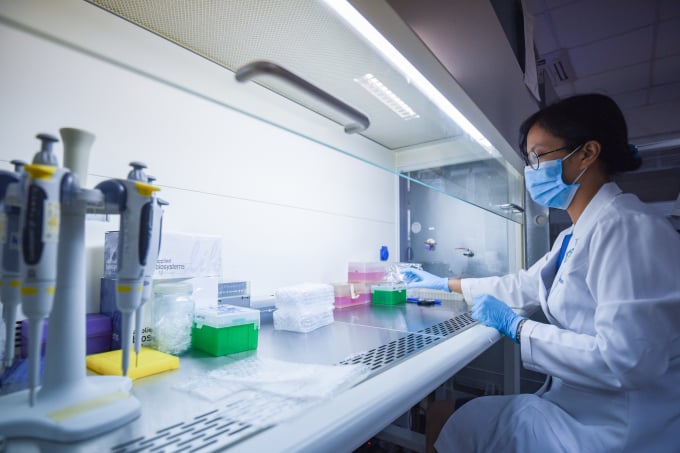
The staff of the Agricultural Genetics Institute doing research on modern equipment. Photo: Tung Dinh.
In the coming time, regarding macro policies, the Government's Decree No. 60/2021 on regulating the financial autonomy mechanism of public non-business units coming into effect will encourage research units to be financially autonomous in a closer direction to science and technology enterprises. Therefore, these units will have two main parts: performing research tasks ordered by the state through the assignment mechanism, and performing research tasks transferred under contracts with localities, enterprises, cooperatives, sponsor organizations…
In order to improve the efficiency and quality of agricultural science and technology transfer, research units need to form marketing departments on science and technology, performing, first of all, the function of capturing the production and market’s scientific and technological needs to orientate research; the second is to introduce the transfer of scientific and technological advances and administration; the third is customer service consulting after the transfer. The above functions are for the units to directly self-transfer.
To be more specific, here are some proposals for solutions:
Build an ecosystem of application and transfer research according to the order of cooperatives, small and medium-sized enterprises of the Vietnam Academy of Agricultural Sciences:
Every year, the Vietnam Academy of Agricultural Sciences will announce the need for research and consultancy orders to provinces, cooperatives and enterprises throughout the country according to ecological regions, then they will jointly select and propose topics and projects of practical significance and high application to submit to the Ministry of Agriculture and Rural Development.
The Academy boldly proposed to the Ministry and the Government to allow the Academy to set up a Science and Technology Application Research Fund and support the development of the ecosystem of cooperatives and enterprises investing in agriculture and rural development. This fund aims to support all three national target programs, namely the National Target Program for Socio-Economic Development in Ethnic Minority and Mountainous Areas in the 2021-2030 period; the National Target Program on Poverty Reduction and Social Security in the 2021-2025 period and the National Target Program on New Rural Development in the 2021-2025 period. In addition, the Academy will attract additional investment sources and support from international organizations, businesses and cooperatives which have jointly invested in this fund.
Form interdisciplinary research groups according to the value chain:
In order to meet the expectations of enterprises and cooperatives, there are scientific and technological solutions packages and overall governance institutions according to the value chain. Research units need to organize into interdisciplinary groups according to the product chain, strengthen the cooperation of experts in different disciplines and units. The topics ordered by the state should also be delivered according to value chain groups. This is the basis for forming strong research groups in series, each group has leading scientists or young scientists who are capable of leading; a way to train highly qualified scientists.
Science and technology market solutions need to be formed with adequate institutions to operate with the assurance of autonomy. In the past 10 years, only a few dozen new plant varieties selected and created by the Academies and Universities have been transferred to enterprises. However, in general, the transfer of technology copyright is still slow in development. Other areas such as technological processes in production, processing of agricultural, forestry and fishery products, drawings and designs of agricultural machinery... mostly have not yet been transferred on the science and technology market.
In order for science and technology products to participate in the market, they must meet a number of criteria: 1) High quality and scientific content; 2) Meet the production and business requirements, being able to apply to production on a large scale; and 3) Bring profits to business and production.
The procedures of the science and technology market also need to be reformed, creating favorable conditions for parties to access quickly and conveniently. Some current problems need to be resolved immediately, such as simplifying copyright registration procedures; creating a policy of copyright protection for scientific and technological products and inventions, ensuring the interests of inventors and researchers. The Intellectual Property Law being strictly enforced for science and technology products is a prerequisite to encourage scientists based on the market mechanism.
Agricultural digital transformation solutions: The State needs to cooperate with businesses, promote digital transformation and information technology application through digital databases on scientific and technological progress, digital platforms on sharing and access to the community.
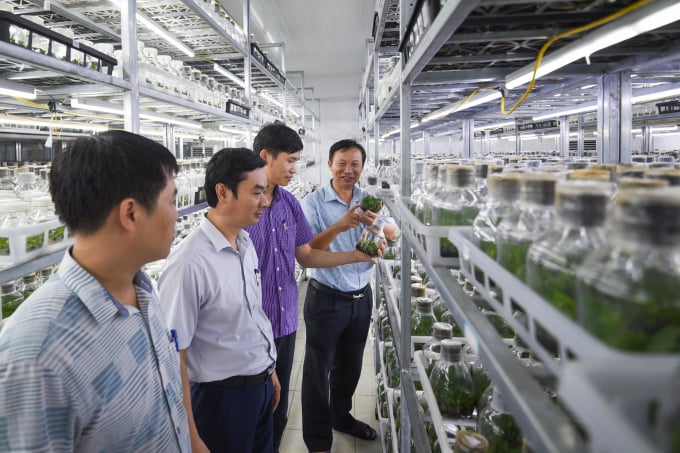
Inside the research area of the Fruit and Vegetable Research Institute. Photo: Tung Dinh.
Investment in scientific research and technology transfer for the research unit system in the field of agriculture and rural development in Vietnam should be increased to reach the level equivalent to other countries in the region, striving to reach the 0.5 % agricultural GDP level.
The Government can apply an investment mechanism based on the results of science and technology contributions to agricultural production and export, such as deducting 0.5% of export turnover to reinvest in agricultural science and technology. Accordingly, with agricultural exportation of over USD 40 billion, we have about USD 200 million to reinvest in scientific research and technology transfer.
Carry on with the scientific research and technology transfer organizing system’s innovation: arrange in the direction of investment in basic and concentrated research, non-overlapping in functions, application research in connection with the market and development transfer in the regional institute system.
The State needs to support VAAS to invest in synchronously upgrading equipment and infrastructure to form 3 modern laboratories in 3 regions, operating under the model of centers of excellence.
In the research system, it is possible to merge a number of units with overlapping functions, but it is also necessary to daringly establish new units with interdisciplinary and systematic functions, in accordance with the requirements of production and the current market such as research on value chains and markets.
The research system needs to work closely with the National Agricultural Extension Center to popularize research results and assess the impact of science and technology transfer, promote connections with businesses to co-invest in research ordered by businesses.
Regarding the mechanism of land and public property usage, the State needs to allow autonomous public service units to use public land to capitalize for agricultural science and technology research under the approved scheme.
The science and technology management mechanism requires constant innovation to create favorable conditions for organizations and individuals engaged in science and technology to maximize creativity, initiative, and sense of responsibility for the final results. The State should shift focus from input management to output management and the effectiveness of scientific and technological products applied to production.
The financial contracting mechanism in science and technology must be implemented more thoroughly to improve procedures, not turning science and technology workers into administrative staff, taking a long time for cumbersome procedures, especially financial regulations as well as administrative procedures for changes in explanations approved during the implementation of science and technology projects. Policies are required to encourage units to raise capital by themselves, invest first, the State will support later based on specific products.
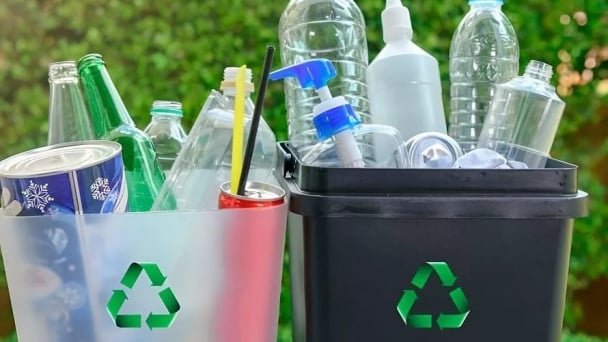
(VAN) The decree on Extended Producer Responsibility (EPR) ensures transparent management and disbursement of support funds, avoiding the creation of a “give-and-take” mechanism.
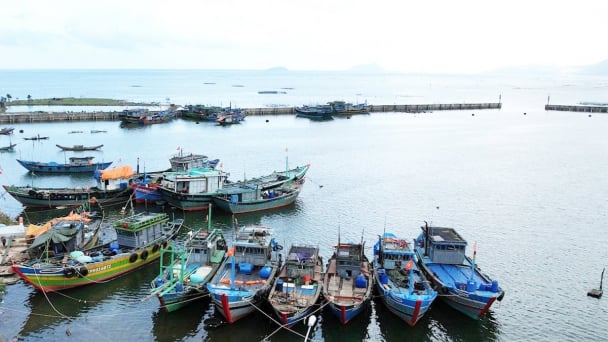
(VAN) Hue City rigorously enforces regulations regarding marine fishing and resource exploitation, with a particular emphasis on the monitoring of fishing vessels to prevent illegal, unreported, and unregulated (IUU) fishing.
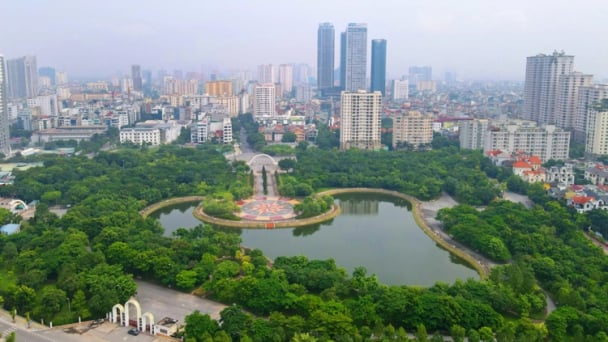
(VAN) Hanoi People's Committee has issued a plan on reducing greenhouse gas emissions in the waste management sector with 2030 vision.
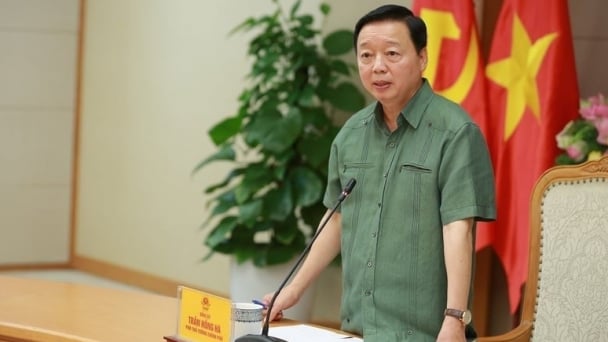
(VAN) Vietnam's draft amendment to Decree No. 156 proposes a mechanism for medicinal herb farming under forest canopies, linking economic development to population retention and the sustainable protection and development of forests.
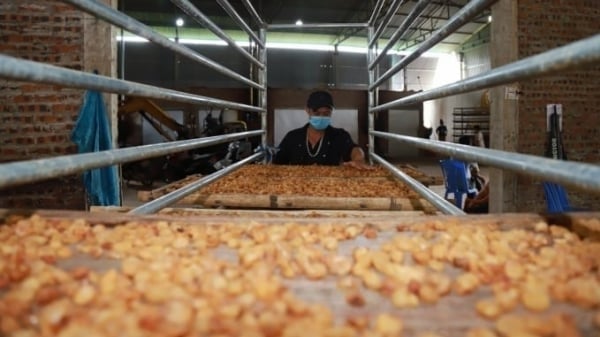
(VAN) In reality, many craft village models combined with tourism in Son La have proven effective, bringing significant economic benefits to rural communities.

(VAN) The international conference titled Carbon Market: International experiences and recommendations for Vietnam was successfully held recently in Ho Chi Minh City.
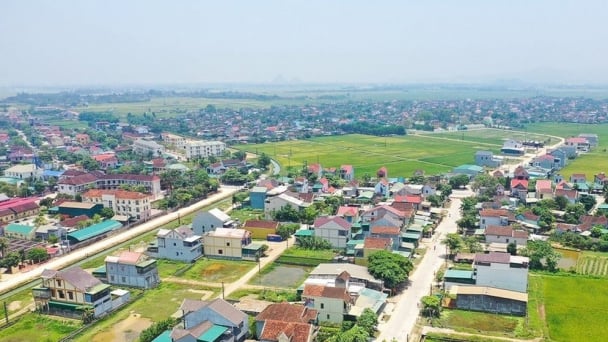
(VAN) According to the Project on rearranging provincial and communal administrative units, in 2025, the country will have 34 provinces/cities, 3,321 communes, wards, and special zones, and no district-level organization.